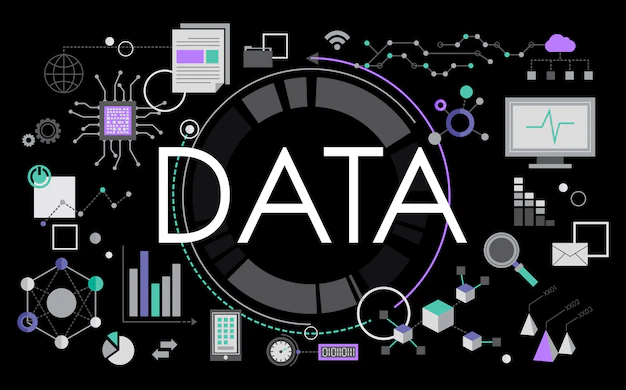A Beginner’s Guide to Data Structures and Algorithms
Data Structures and Algorithms (DSA) are the foundation of computer science and software development. Whether you’re a beginner learning to code or an experienced developer preparing for job interviews, understanding DSA is essential for writing efficient programs.
In this beginner-friendly guide, we’ll break down what data structures and algorithms are, why they matter, and how to get started.
What Are Data Structures and Algorithms?
Data Structures
A data structure is a way of organizing and storing data so that it can be used efficiently. Different types of data structures help solve different computational problems.
Common Data Structures:
- Arrays – Store multiple elements in a fixed-size sequential manner.
- Linked Lists – A collection of nodes where each node contains data and a reference to the next node.
- Stacks – A Last-In-First-Out (LIFO) structure used for undo operations.
- Queues – A First-In-First-Out (FIFO) structure used in scheduling tasks.
- Hash Tables – Store key-value pairs for fast data retrieval.
- Trees – Hierarchical structures like Binary Trees and Binary Search Trees (BST).
- Graphs – Represent relationships between objects (e.g., social networks).
Algorithms
An algorithm is a step-by-step procedure for solving a problem efficiently.
Common Algorithm Types:
- Sorting Algorithms – Bubble Sort, QuickSort, Merge Sort
- Searching Algorithms – Binary Search, Linear Search
- Recursion – A function that calls itself to solve problems
- Graph Algorithms – Dijkstra’s Algorithm, BFS, DFS
- Dynamic Programming – Used in optimization problems like Fibonacci sequence, Knapsack problem
Why Are Data Structures and Algorithms Important?
- Improves Problem-Solving Skills – Helps in breaking down complex problems efficiently.
- Enhances Coding Performance – Writing optimized and faster code.
- Essential for Technical Interviews – Top companies like Google, Amazon, and Microsoft test candidates on DSA.
- Optimizes Memory Usage – Avoids unnecessary storage allocation.
- Crucial for Competitive Programming – Used in coding competitions like CodeChef and LeetCode.
How to Get Started with Data Structures and Algorithms?
Step 1: Learn a Programming Language
Before diving into DSA, choose a programming language like Python, Java, C++, or JavaScript.
Step 2: Master the Basics
- Start with Arrays, Linked Lists, and Stacks.
- Understand Sorting and Searching Algorithms.
Step 3: Practice on Coding Platforms
- LeetCode – Best for coding interview preparation.
- HackerRank – Great for beginners.
- GeeksforGeeks – Provides in-depth explanations and problems.
Step 4: Work on Real-World Projects
- Build a To-Do List app using Linked Lists.
- Implement a simple search engine using Hash Tables.
- Create a pathfinding algorithm using Graphs.
Best Resources to Learn DSA
- Books: “Introduction to the Algorithm” by Cormen, “Grokking Algorithms” by Aditya Bhargava
- YouTube Channels: MyCodeSchool, freeCodeCamp, The Coding Train
- Online Courses:
- Udemy: “Master the Coding Interview: Data Structures + Algorithms”
- Coursera: “Algorithm Specialization by Stanford University”
Final Thoughts
Mastering Data Structures and Algorithms takes time and practice. Focus on understanding concepts, solving problems daily, and applying them in real-world scenarios. Whether you aim for competitive programming or cracking FAANG interviews, DSA will be your key to success.
Are you ready to start your DSA journey? Let us know in the comments below!


